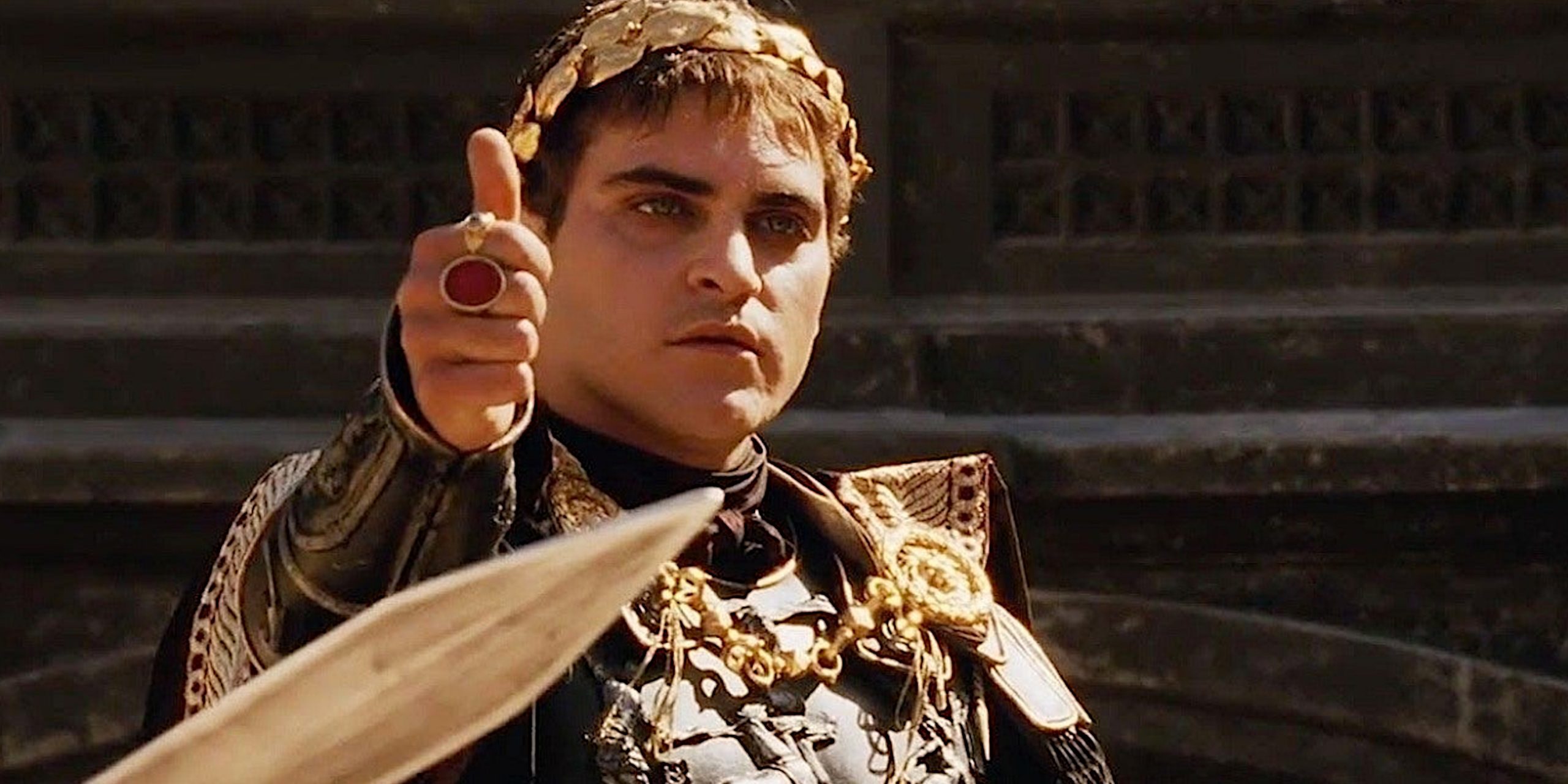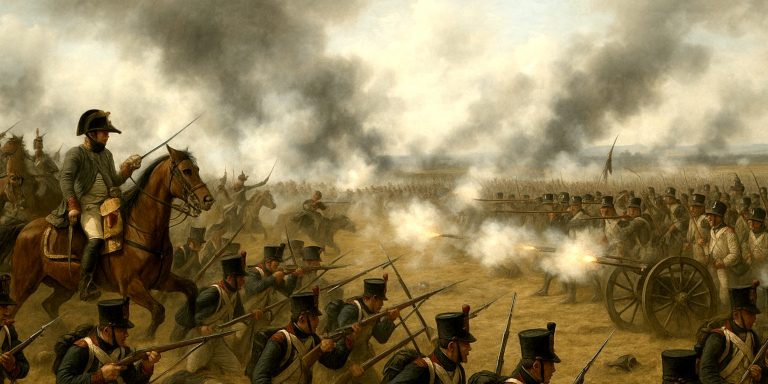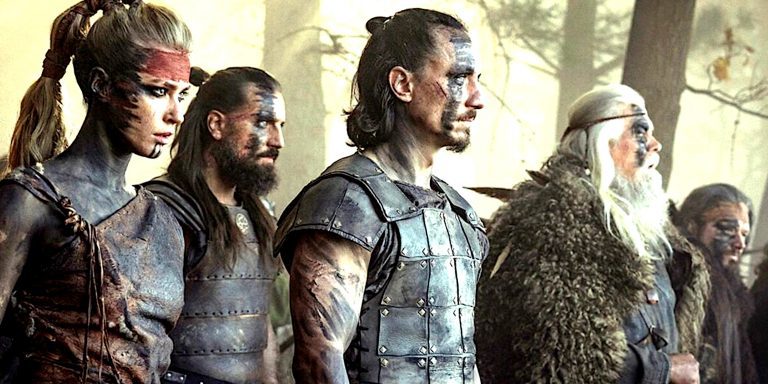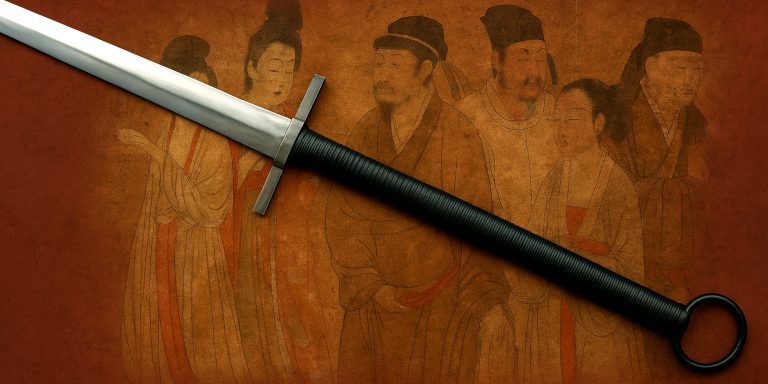
Ridley Scott’s Gladiator (2000) captured imaginations with its sweeping narrative, blood-stained sand, and a vengeful general turned slave. But how much of what we see on screen is drawn from Roman history, and what was shaped for drama? This article explores the real figures, institutions, and practices behind the film’s most powerful scenes.
The Real Commodus
Joaquin Phoenix’s portrayal of Emperor Commodus is both magnetic and grotesque. The real Commodus, who ruled from AD 180 to 192, did indeed fight in the arena. Roman sources such as Cassius Dio and Herodian describe him entering the Colosseum dressed as a gladiator, often staging fights where his opponents were handicapped or unarmed. While his madness is exaggerated in some accounts, there is little doubt that he was viewed as erratic, self-indulgent, and dangerously theatrical.
He did not, however, murder his father Marcus Aurelius to claim the throne. Marcus died of illness, likely in a military camp. The father-son relationship was strained, but the act of patricide is a fictional invention.
Was Maximus Real?
There is no historical figure named Maximus Decimus Meridius. However, the character is loosely inspired by several real Roman generals and senators who opposed the imperial system or fell out with emperors. Chief among these influences is Marcus Nonius Macrinus, a Roman general and consul close to Marcus Aurelius. He served in the Danube campaigns and was buried near Rome in a lavish tomb rediscovered in 2008.
The idea of a general being forced into slavery, then rising as a gladiator, is pure fabrication. Gladiators were often prisoners of war, criminals, or slaves born into the role. A Roman patrician becoming one was unthinkable in real terms.
Gladiatorial Combat: Fact vs Fiction
The Colosseum, completed in AD 80 under Titus, was a centre of public spectacle. Gladiators fought with various weapons and styles, often based on ethnicity or historical archetypes. While duels could be brutal, not all ended in death. Many fights were carefully staged, with referees, rules, and even fan favourites who lived to fight another day.
Gladiator simplifies this. The film shows every fight as a death match and portrays the crowd as uniformly bloodthirsty. In reality, Roman spectators were far more nuanced. They appreciated skill, bravery, and spectacle, but not necessarily carnage for its own sake.
The Politics of Succession
The central plot of the film hinges on Marcus Aurelius naming Maximus as his successor in an attempt to return Rome to a republic. This is a dramatic device. Marcus Aurelius had no intention of abolishing the empire. He had groomed Commodus as his heir, having named him co-emperor in AD 177. The film romanticises the old Roman Republic as a lost ideal, but by the late second century AD, such ideas were outdated even among the senatorial elite.
The Roman Army in Transition
The film accurately captures some aspects of Rome’s military machine. The opening battle in Germania, with disciplined formations, artillery, and general brutality, is grounded in historical truth. By the time of Marcus Aurelius, the Roman army was stretched thin, facing constant pressure along the Danube and Rhine.
Where the film errs is in its depiction of a general like Maximus holding such informal power. While loyalty to charismatic commanders existed, Roman military structure was deeply hierarchical. Orders came from above, and few could freelance as Maximus does.
Legacy and Misconceptions
Gladiator helped reignite popular interest in ancient Rome, bringing its violence, grandeur, and contradictions to the mainstream. While it plays fast and loose with chronology and fact, it does capture the spirit of Rome in decline. Themes of corruption, public distraction, and the tension between personal virtue and political power resonate with ancient sources.
However, it is important to treat the film as historical fiction rather than a reliable account. Commodus was not slain in the arena, Maximus never lived, and Rome’s fall would take centuries more.
Where to See the Real Rome
For those wanting to engage with the true legacy of the empire, several key sites bring the history to life:
- The Colosseum, Rome: Still standing as an icon of Roman engineering and entertainment.
- Palatine Hill and the Roman Forum: Power centres of the imperial world.
- Museo Nazionale Romano: Hosts artefacts from every era of Roman rule, including gladiatorial equipment.
- Louvre, Paris: Houses the bust of Commodus dressed as Hercules, illustrating his obsession with divinity and strength.
Gladiator is a masterclass in visual storytelling, not a documentary. But behind the fiction lie fragments of Rome’s complex and often brutal history. Understanding where the film parts ways with fact helps deepen our appreciation for both.
Watch the trailer:



